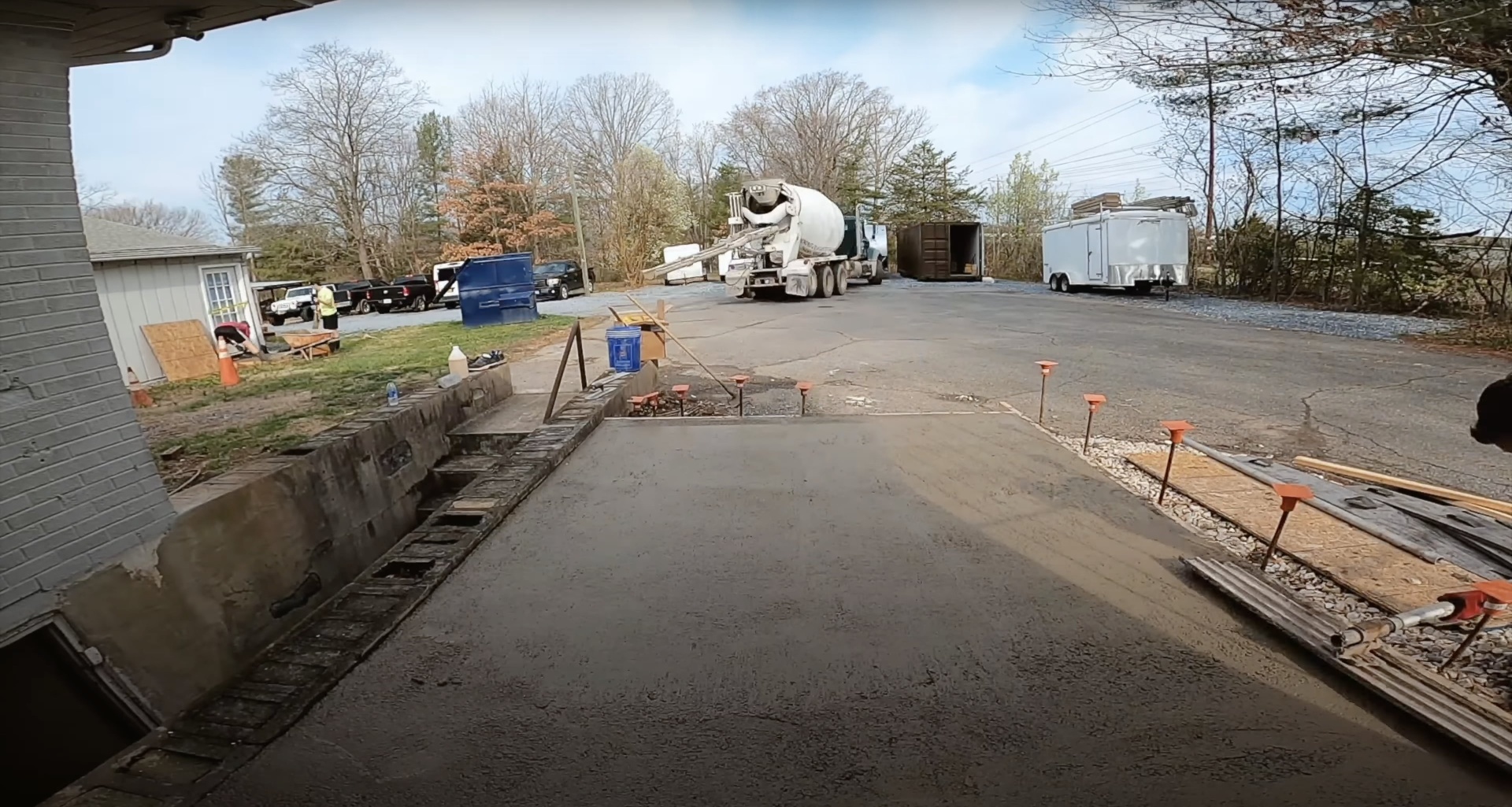Winter Concrete Care: Protecting Your Investment from Freeze-Thaw Damage

Michigan winters are brutal on concrete. When water seeps into tiny cracks and freezes, it expands with tremendous force—up to 9% of its original volume. This freeze-thaw cycle repeats dozens of times each winter, gradually destroying even the strongest concrete structures.
I've seen beautiful driveways turn into crumbling eyesores after just one harsh winter. The homeowner thought they were saving money by skipping fall maintenance, but ended up facing a $8,000 replacement bill. Don't let this happen to you.
Start with a thorough cleaning in late fall. Remove all leaves, debris, and stains—organic matter holds moisture against the surface. Next, inspect every inch for hairline cracks. Even tiny fissures, barely visible to the naked eye, become highways for water penetration.
Apply a high-quality concrete sealer before the first freeze. This invisible barrier repels water while allowing the concrete to breathe. For existing cracks, use a flexible sealant designed for concrete movement. Remember, concrete naturally expands and contracts with temperature changes.
Finally, choose your de-icing products wisely. Rock salt might be cheap, but it accelerates concrete deterioration. Instead, use calcium chloride or sand for traction. Your concrete investment deserves protection that lasts decades, not just one season.
Protect Your Concrete Investment
Don't wait for costly damage. Get professional concrete sealing and maintenance services.
